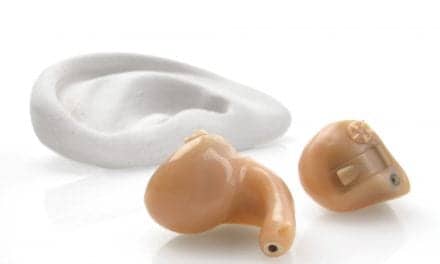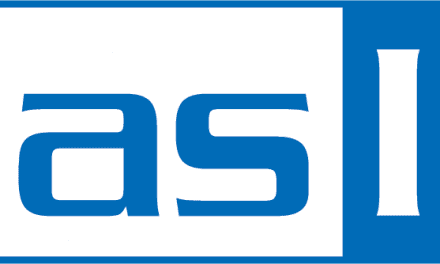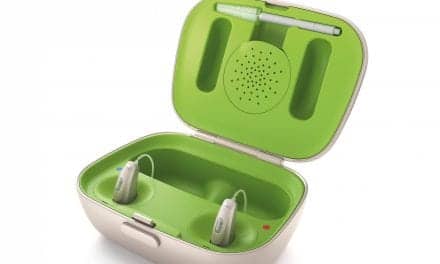A patent filed by Apple reveals that the company may include the ability to adjust hearing aids via its iPhone and a connection to a hearing aid provider or manufacturer. Participating hearing aid models will be designated as “Made for iPhone.”
According to one of the Apple patents, “Broadly speaking, the embodiments disclosed herein describe 
The patents, first reported by AppleInsider, describe a method for users to adjust their hearing aid profiles via their iPhone for certain background environments. The hearing aid and iPhone would communicate via a Bluetooth connection.
In addition to being able to adjust parameters themselves through the iPhone, hearing aid users will be able to share their parameters and their environment with a “profile provider” social network, which may include hearing health professionals, or perhaps the hearing aid manufacturer. Theoretically, those admitted to the user’s social network will be able to remotely assist the user through the iPhone, either suggesting adjustments for the hearing aid or sending an adjusted digital hearing aid profile that users can save to the iPhone and then transmit to their hearing aid.
The iPhone may also be able to act like a streamer, enabling the user to stream audio enabled devices, such as televisions, MP3 players, and computers to the hearing aid.
In addition to the iPhone, the new hearing aid functionality will be available through Apple’s iPad devices, which has an operating system that mimics the iPhone.
The full patent has many more details about the technology and can be read here.
Apple is widely expected to release its next version of the iPhone sometime in the fall of 2012, but it is impossible to know whether these patents will be included in the update (known as iOS 6) or a future version.
SOURCE: AppleInsider and Apple Patent




